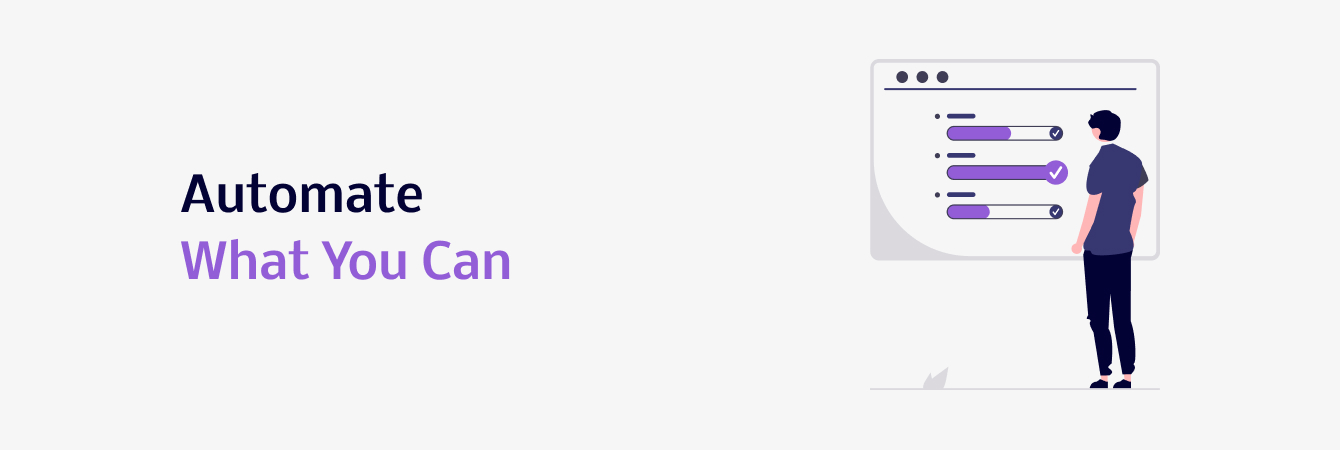
Smart Cash Flow Forecasting Habit #4: automate what you can
04 April 2023We have interviewed more than 100 entrepreneurs on their cash flow forecasting practices and one clear trend emerged pretty early on.
About one third of entrepreneurs do not forecast their cash flows. No, not because they have significant cash reserves that would keep them going no matter what. Most of them had tried forecasting before but decided to quit because it took too much time. And most of them used Microsoft Excel or Google Sheets spreadsheets before.
This is not surprising. Spreadsheets take a while to build but this is just the beginning. Every time you want to review and update your forecast, you have to check your bank account first.
Update the current cash balance, then check which incoming and outgoing payments have been received or made since the last review. Go back to your spreadsheet and find them, then delete them from your forecast.
You haven’t even started to review your forecast but you are already tired. But it doesn’t have to be this way.
If you use tailwindapp.eu, automation will take care of all of the above steps. You can set up sync with your company’s bank account and when you’ve done that, every time you log in, the cash balance will be automatically updated. Payments that have recently been made or received will also be automatically removed from your forecast.
Updating your assumptions with “drag and drop” will take just a fraction of the time you’d need to spend doing the same in a spreadsheet.
No matter if you use tailwindapp.eu or any other tool, take a moment to observe what repetitive and boring tasks are part of your cash flow forecasting process. And try your best to automate them.
Dropping forecasting altogether is not the answer because if you do that, you will run into preventable problems that not only take even more time to resolve but also ruin your reputation. Automated forecasting is a far better choice!
Feel free to ask us for advice or help. Cash flow forecasting can and should be easy!
Discover also other habits for smart cash flow forecasting:
- Smart cash flow forecasting habit #1: add information as early as possible
- Smart cash flow forecasting habit #2: review your forecasts at least once a week
- Smart cash flow forecasting habit #3: go granular for the nearest 6 weeks
- Smart Cash Flow Forecasting Habit #5: be a pessimist on incoming payments
